A Condensed History Of Lviv
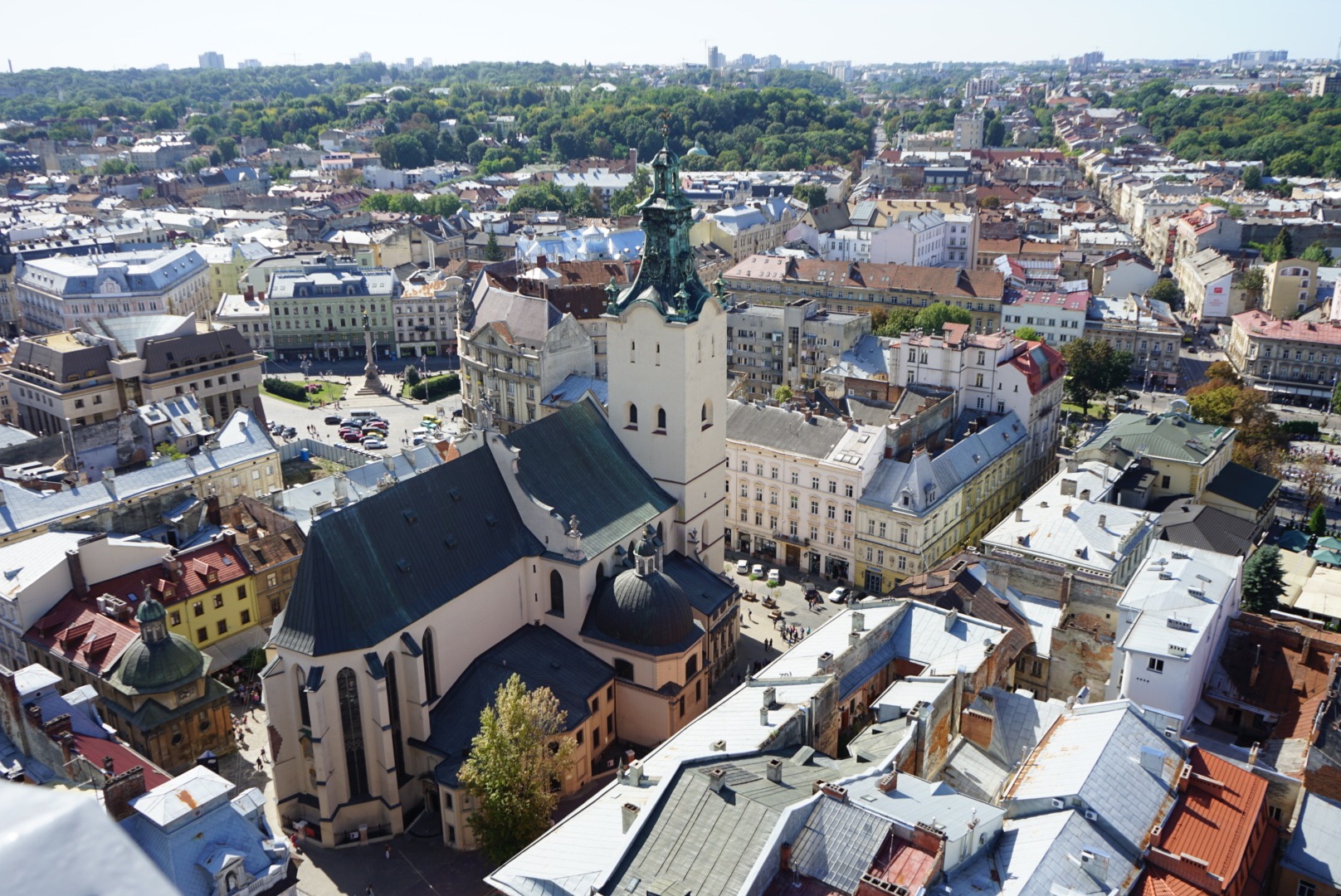
What do you actually know about East Europe? Poor, dangerous places, post Soviet Union countries, maybe, you heard about Russian aggression in recent news…and, probably, that is all. In my condensed history of Lviv you’ll learn a bit of the origin of this cultural capital and why it should be the next place you visit.
So in this article i want to tell you a bit more about this part of the world. And we are going to talk about why you should visit a beautiful city in Ukraine, called Lviv, if you want to travel in Eastern Europe.
What is so special about this city will you ask me, and here is the answer: everything! History, architecture, food, people and cheap prices as well. Click here to check my list of the best themed restaurants in Lviv.
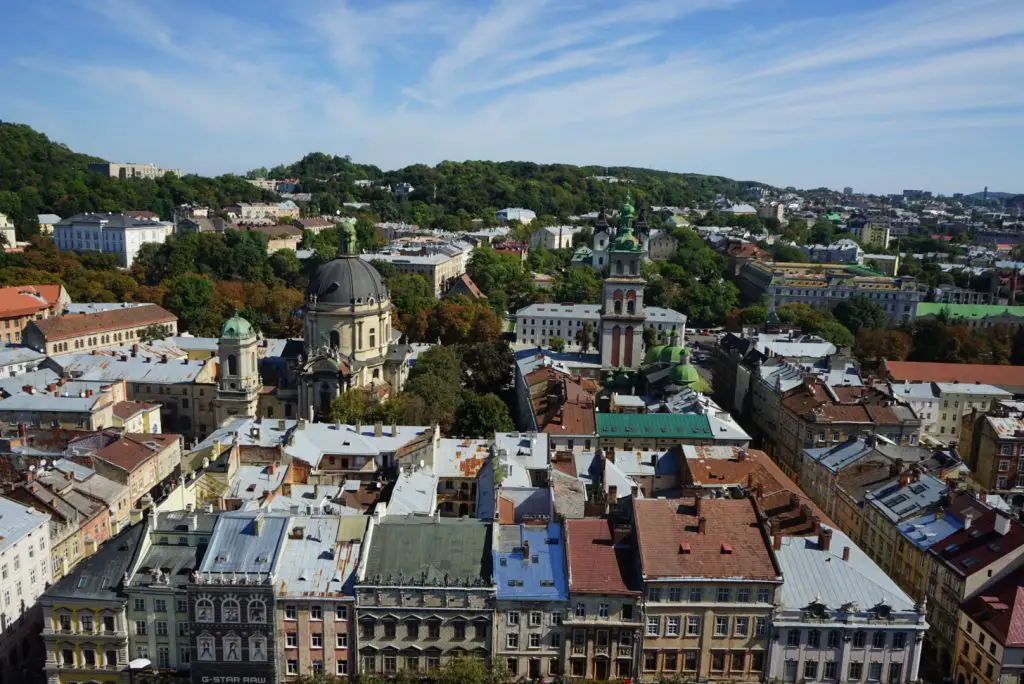
Lviv is a part of Ukraine and located on the west of the country and shares a border with Poland. But it wasn’t always like that. During its history the Lviv administration was carried out by eight states (the Galician-Volyn principality, the Polish-Lithuanian Commonwealth, the Austro-Hungarian Empire, the Russian Empire, the ZUUR, the USSR, the totalitarian fascist regime, and as part of modern Ukraine).
The Early History Of Lviv
Lviv was built by Danylo Halytsky, the ruler of the Galician-Volyn principality and was named Lviv due to his son – Lev. It was a very big and important city in trading. Lviv became one of the richest, beautiful, strategically important cities, which put it on level with Kiev.
After the invasion of the Tatar-Mongols, the Galician-Volyn principality fell into decline and since then Lviv was invaded by the Polish ruler – Kazimir III. He invited lots of famous architects from Germany, which is why in the 14th and 15th centuries, Lviv became known as the “German” city, because most of the populous were Germans.
In 1527, the largest fire occurred during the city’s time, which completely destroyed it. In the second half of the 16th century Italian architects were invited to rebuild it, bringing with them the inspiration of the Renaissance and the new face of Lviv.
In 1772 Lviv went under the authority of the Austrian Empire as a result of the redistribution of the once mighty Polish state. The Austrian authorities over the city of Leo lasted for the next one and a half centuries. The city expanded and a renaissance replaced the new style of classicism for that time. During World War I the city was captured by the Russian army in September 1914, but was retaken the following year (in June) by Austria-Hungary. With the collapse of the Habsburg Empire at the end of World War I, the local Ukrainian population under the guidance of Yevhen Petrushevych proclaimed Lviv as the capital of the Western Ukrainian People’s Republic in November, 1918.
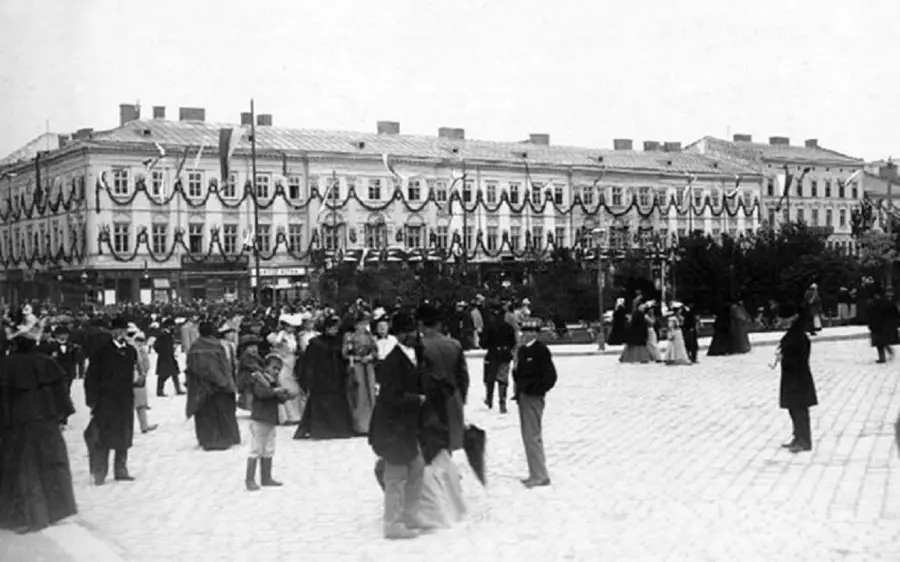
History Of Lviv Post WWI
However, Poland had its own plans on these territories and following World War I, the Polish–Ukrainian War began. After April, 1920 when Poland’s control of the city was established, started the Polish–Soviet War but the Red army retreated with heavy losses in few months. This period wasn’t great for Ukrainian people. The Polish government closed down lots of Ukrainian schools, fired most of the Ukrainian professors and reduced the relative percentage of the Ukrainian population in the city, from around 20% in 1910 to less than 12% by 1931. Unlike in Austrian times, during Polish rule limitations were placed on public displays of Jewish and Ukrainian culture.
Lviv In WWII
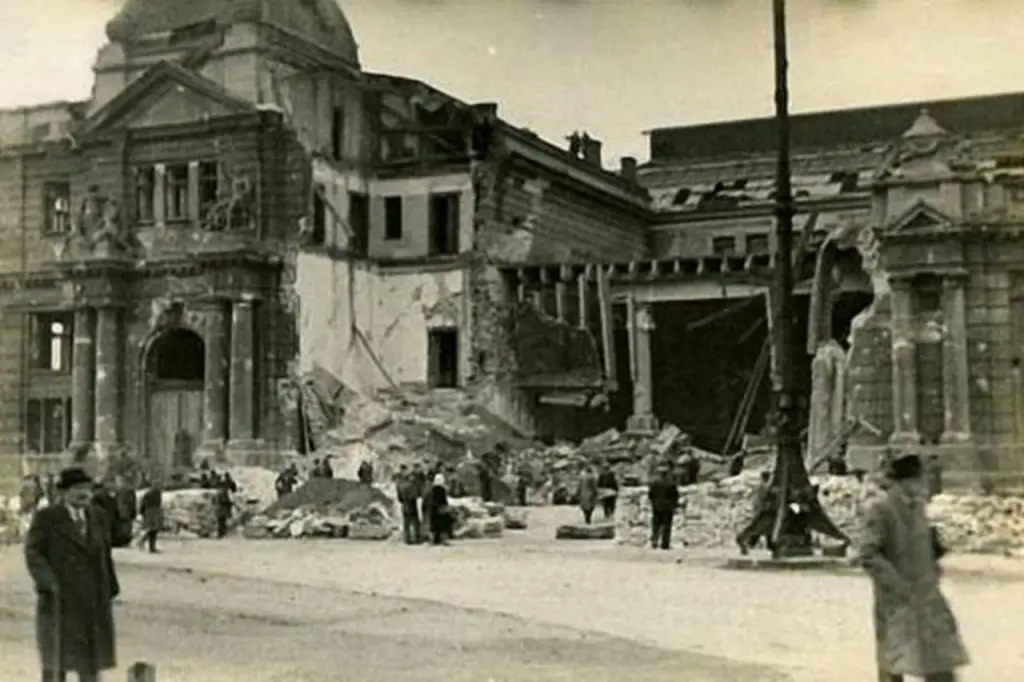
During World War II, after Nazi Germany invaded Poland they quickly reached the suburbs of Lviv. Thus a 10-day-long defense of the city started and later became known as yet another Battle of Lwów. Lviv has a strategically good location for the troops which is why Germans, Polish and Soviet troops were so fond to get the city. And on September 19 Soviet troops replaced the Germans around the city. When the Nazis invaded the Soviet Union on June 22, 1941 they took Lviv and held it until July, 1944, when the Red Army approached the city. Before the war Lviv had the third-largest Jewish population in Poland, which swelled further to over 200,000 Jews as war refugees entered the city. By the time that the Soviet forces reached the town in 1944, only 200–300 Jews remained.
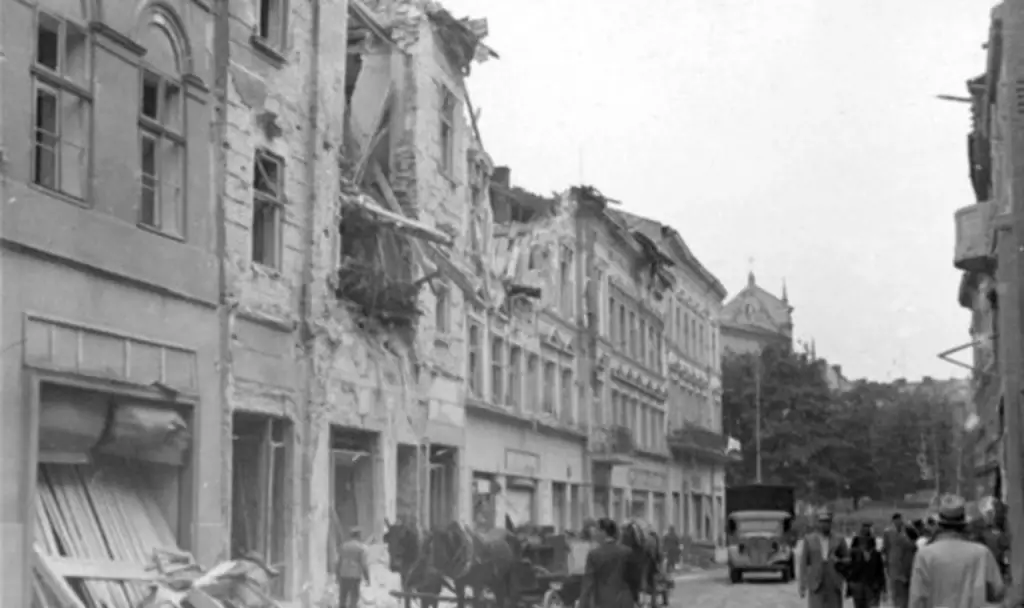
After the war, despite Polish efforts, the city remained as part of the Ukrainian Soviet Socialist Republic. Because the Polish, Jewish and German population was displaced or murdered, migrants from Ukrainian-speaking rural areas, as well as from other parts of the Soviet Union arrived, attracted by the city’s rapidly growing industry requirements.
When the Soviet Union dissolved, Lviv became part of the independent Ukraine. Today the city remains one of the most important centers of Ukrainian cultural and economic life and is famous for its beautiful and diverse architecture.
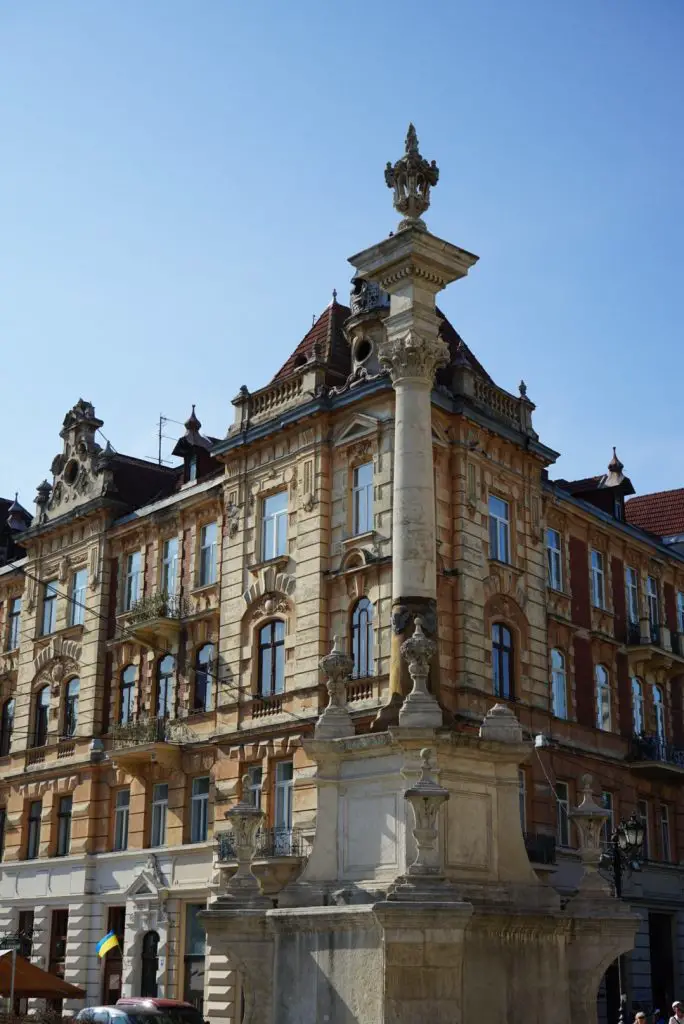
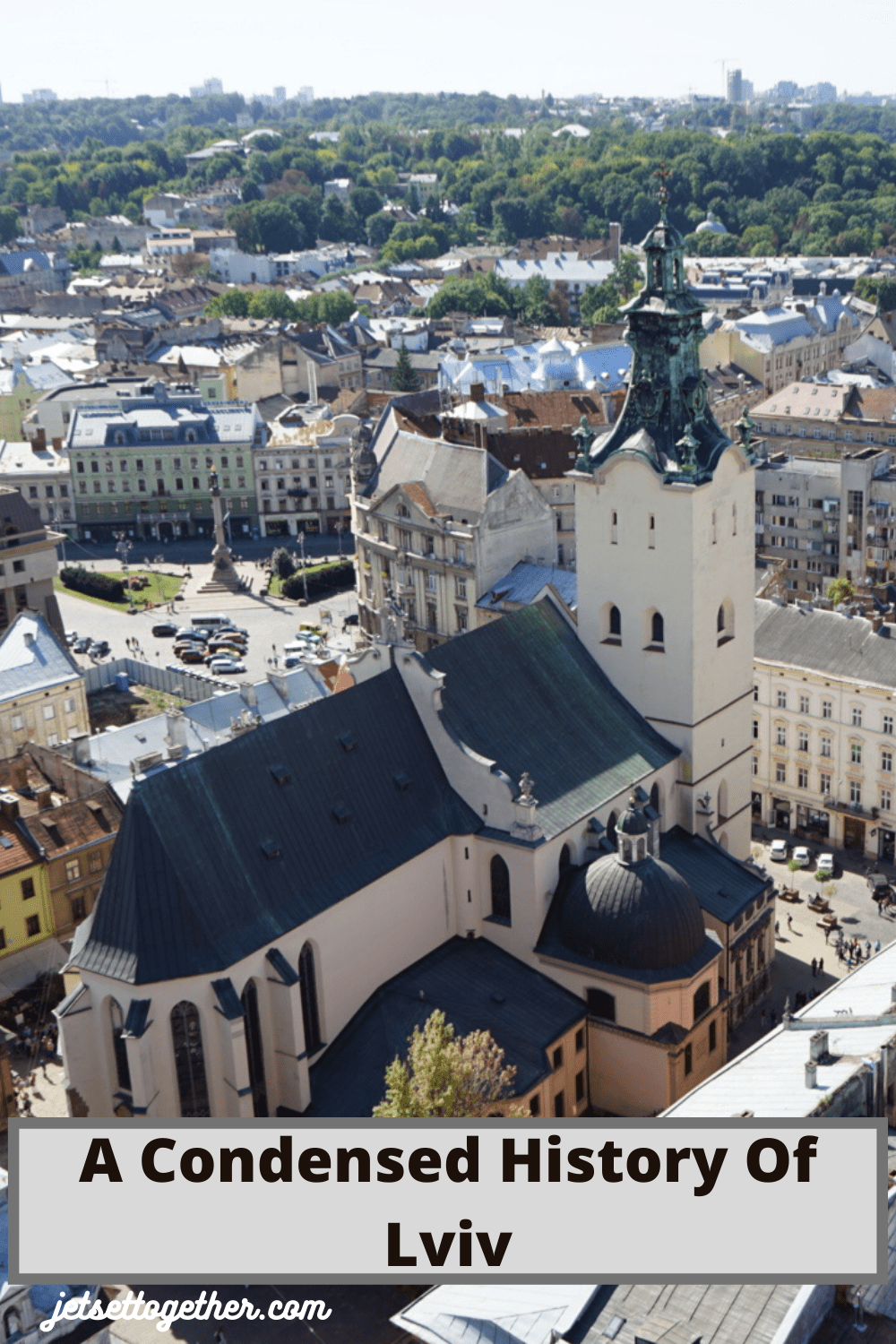
Related Posts
Restaurant Review: Kim Kimchi Korean BBQ in Lviv, Ukraine
Lviv is famous for its culinary scene. Many famous Ukrainian chefs work in this city…
March 15, 2024Restaurant review: Avocado in Lviv, Ukraine
Lviv is known as the cultural capital of Ukraine, but it is so much more…
February 20, 2024


Castles Of Lviv - Take A Day Trip! | Go Like A Local With This Guide | 10th Nov 20
[…] you have read my article, “A Condensed History of Lviv“, then you know that this city is full of historical sights, starting from Ratusha (an old […]
Ten Lviv Museums You Should Visit - Jet Set Together | 10th Nov 20
[…] of museums and architectural monuments in one city. The same question arises if you came to Lviv. There are many Lviv museums and in this article you will find out which ones are the most unique […]
8 Places To Get The Best View Of Lviv - Jet Set Together | 10th Nov 20
[…] This article will show you the four best observation platforms that you need to visit to get the best view of Lviv during your trip to Lviv. […]
The Best Romantic Spots In Lviv - Jet Set Together | 20th May 21
[…] Read more: A Condensed History Of Lviv […]
Beautiful Photos Of Lviv | A Photo Album Of The Ukrainian Cultural Capital | 18th Jun 21
[…] A Condensed History Of Lviv […]